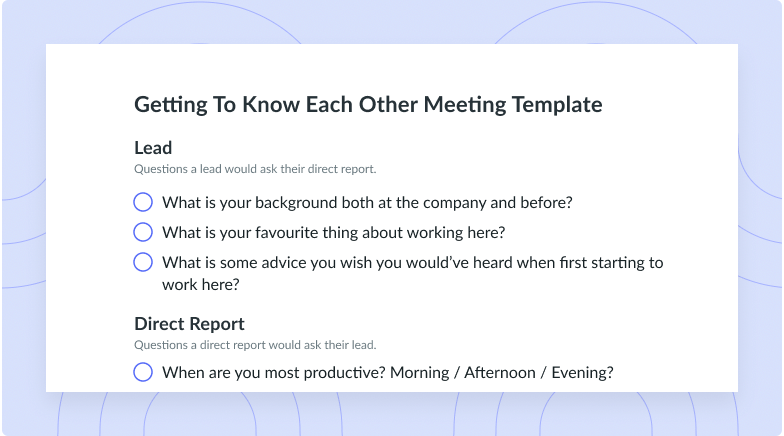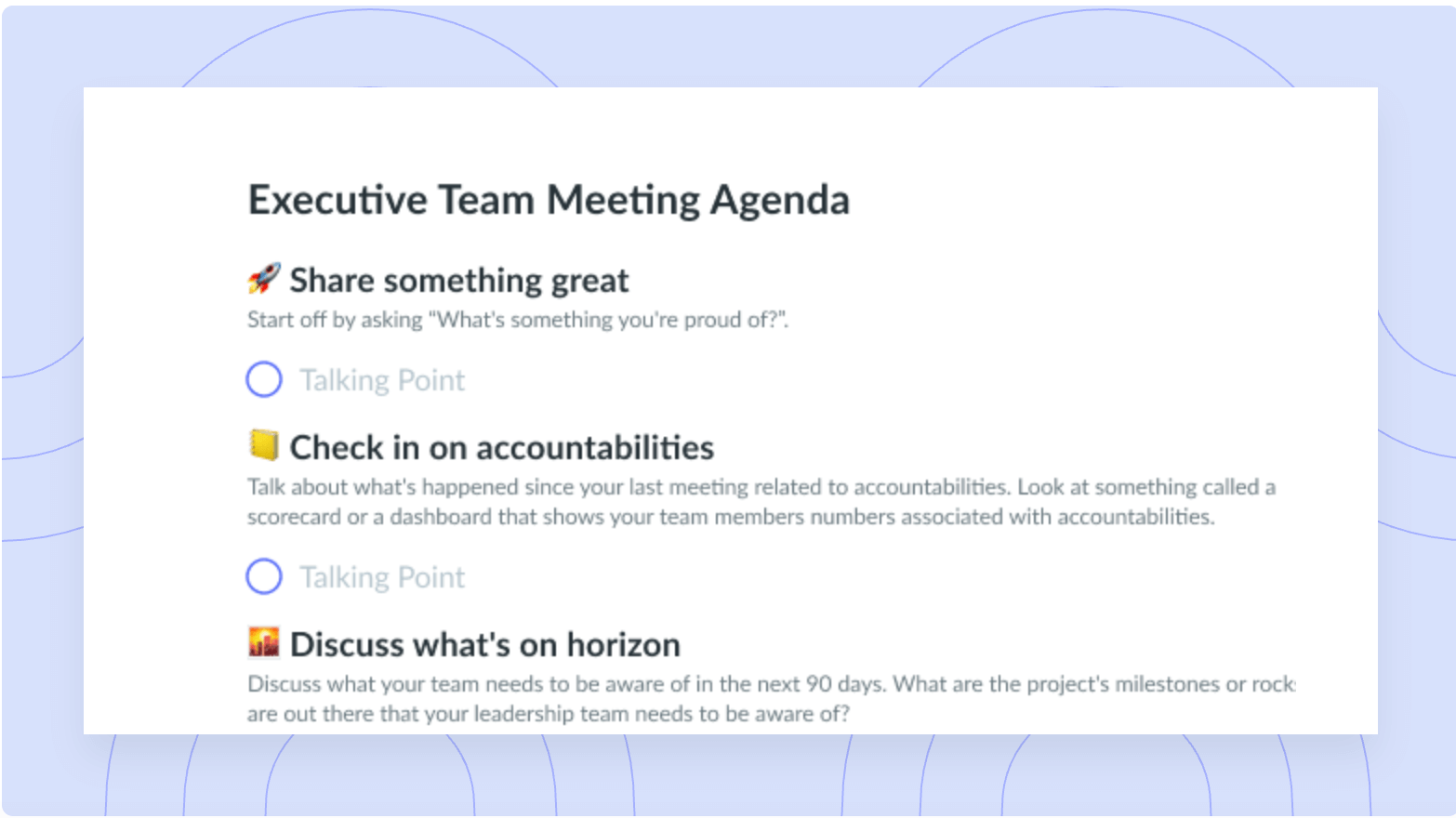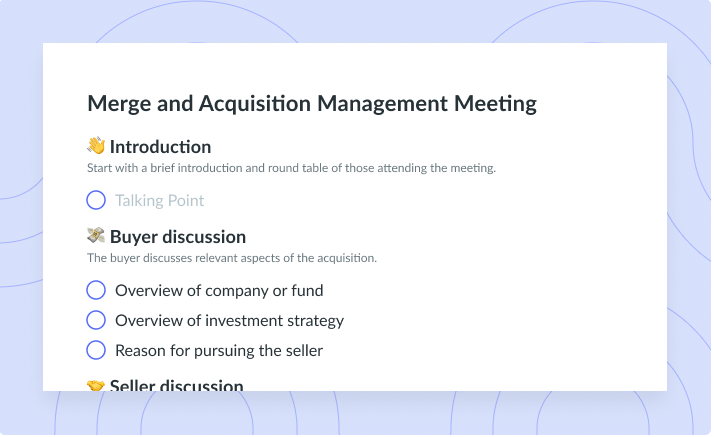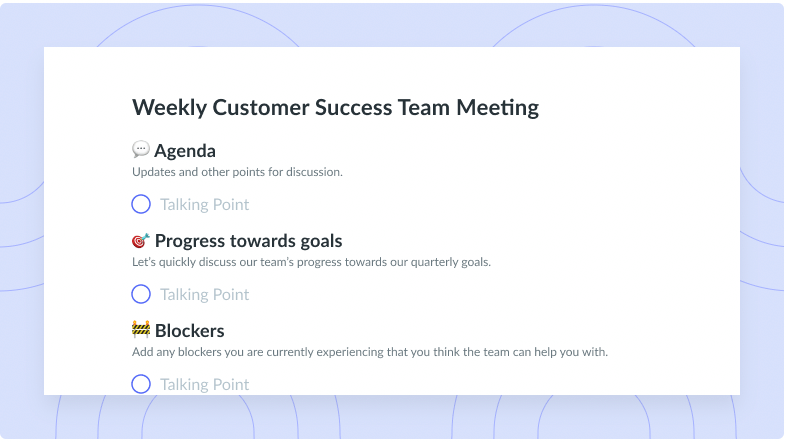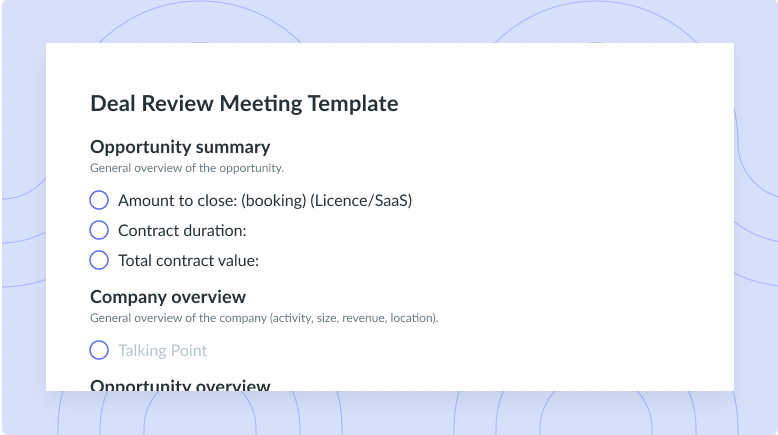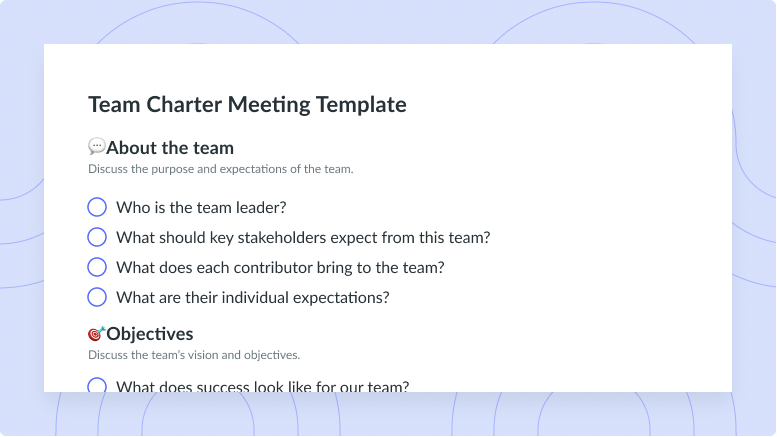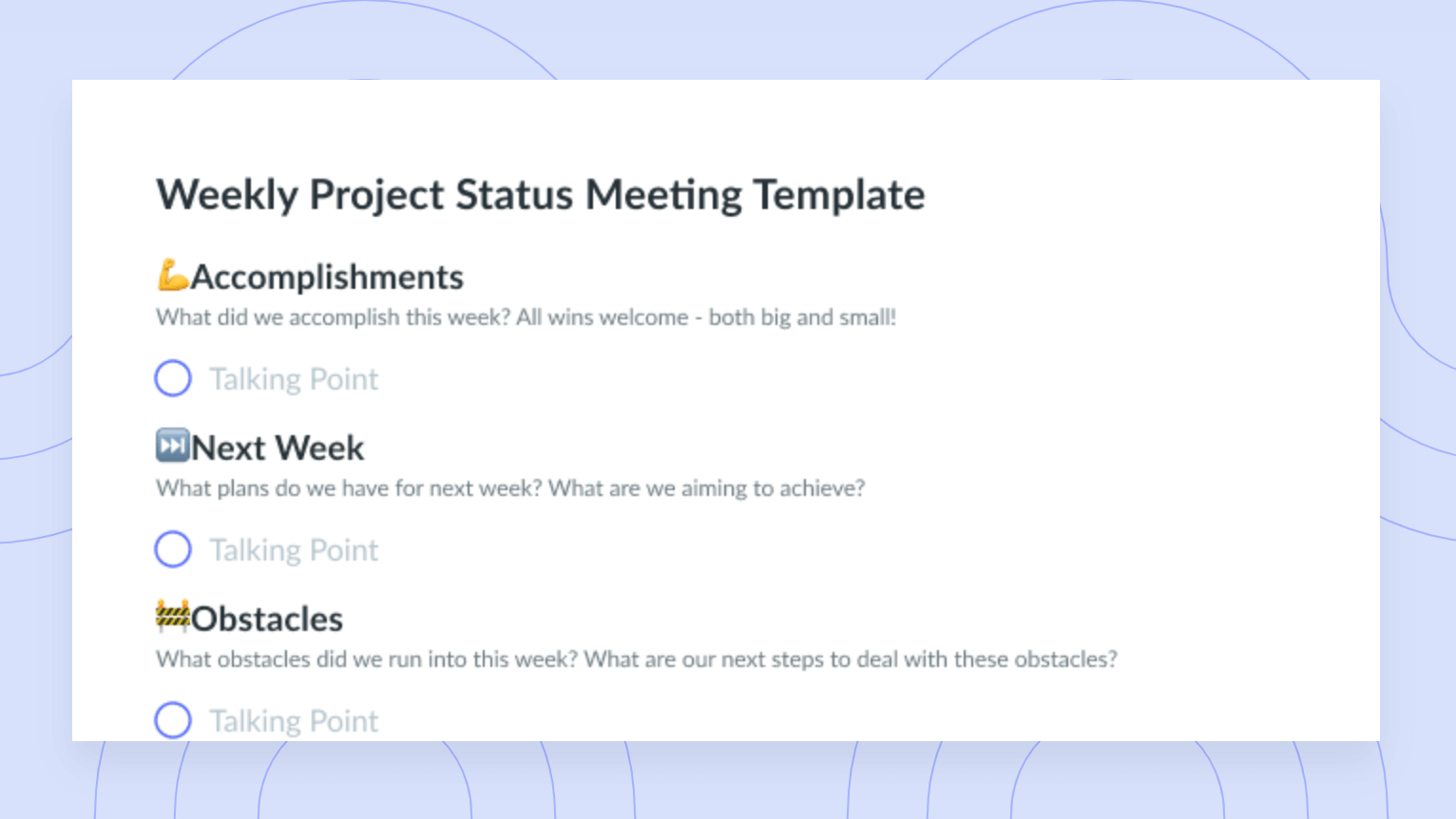How to Set Boundaries at Work in 7 Simple Steps
Are you that person who always says “yes”? Avoid accumulating stress and burning out by reading more about how you can set and communicate healthy boundaries at work.
Whether you’re a manager or an employee, many of us have often worked over our lunch breaks without thinking twice about it. When something needs to get done, you simply find a way to do it. The truth is though, there are not enough hours in the day, which can leave individuals feeling overwhelmed, stressed out and negatively affected by their work. Many of us need to learn to set healthy boundaries at work to avoid burnout and to avoid hating our jobs down the line… While it’s tempting to say “yes” to everything, to take on extra responsibilities, to stay late and to set yourself apart from others, your mental health and wellbeing are much more important.
Whether you work from home or you’re back in the office, setting boundaries is an important measure that all of us need to take. Learn to set healthy boundaries at work with these 7 comprehensive steps that we outline in this article. Learning how to set boundaries at work will lead to more efficient and happier employees and management.
What are healthy boundaries at work?
Of course, setting healthy boundaries looks different to each individual. That said, there are some common traits that can contribute to your long term wellbeing. A boundary explains a limit when it comes to your relationship to someone or something. Some boundaries are tangible, such as physical boundaries but there are also emotional and intangible boundaries, such as mental boundaries. These together, combine your personal and unique boundaries.
Typically, at work, we deal the most with the emotional and intangible boundaries. When we set healthy boundaries, they help us to better understand what exactly our responsibilities are, so that we can preserve our energy to focus on our own work, our own values and standards. Overall, creating boundaries helps us identify and communicate our personal limits.

Control your workday.
Stay on top of all of your tasks and know your limit by having all your action items in one place with a meeting software like Fellow.

Examples of boundaries at work
Job responsibilities
Creating boundaries for your job responsibilities entails collaboration between a manager and employee to determine exactly what each person’s responsibilities are and how their work interacts. The roles and responsibilities of employees need to be very clearly set out so that accountability can be established. This is going to eliminate a lot of blame, deflection and excuses for both parties involved.
Interpersonal boundaries
Interpersonal boundaries exist between co-workers and between employees and their manager. Setting this type of boundary with your co-workers is going to ensure that you can work together productively, with fair workloads that make sense to your specific position within the company. Weak interpersonal boundaries can lead to certain employees being taken advantage of, taking on much heavier workloads than their colleagues and leads to feelings of stress.
Personal (work-life) boundaries
Your personal boundaries refer to your work-life balance. This means that you have clear boundaries when it comes to what time you log in and out of your computer in the morning, what time you put your work away, and how and if you choose to respond to work outside of your working hours. Our personal lives are important and should not be sabotaged because of an “emergency” email at 11:00PM.
How to set boundaries at work
- Communicate your boundaries clearly
- Learn how to say no, politely and professionally
- Take time off to recharge when needed
- Share feedback with co-workers
- Create a system for teammates
- Prioritize your values
1 Communicate your boundaries clearly
After you’ve come up with your personal limits, it’s time for you to clearly communicate them to your co-workers confidently and securely. Make it clear exactly when you are available to have work conversations, what it really means when you’re ‘Out-of-Office’, what constitutes ‘urgent’ and what might be an actual ‘emergency’. If and when there are instances when your personal boundaries are violated, address the situation right away so that you can clear the air. Reinforce your limits, as protecting your own mental health is a non-negotiable.
2 Learn how to say no, politely and professionally
Many people find it difficult to say “no” when they are ambitious, hard-working and looking to learn and grow. That said, saying “no” is an extremely important skill that shows respect for yourself, and for the other person involved. It’s helpful to practice saying no in all kinds of daily situations outside of work, so that you get used to it. It’s normal to feel guilty when you first start drawing your limits, but with time, you’ll realize that we have been conditioned to over-work, to people please and eventually… burn out. Saying “no” is often a positive thing to do. The work that you’re turning down can now be reallocated to someone who actually has the time and attention for something else on their to-do list.
3 Take time off to recharge when needed
A lot of people are afraid to take time off or go on vacation- sometimes because of the fear of checking our email inboxes when we’re back! That said, rest and recovery are needed. Try to tune in to how you’re feeling mentally and physically. If you’re exhausted, stressed and lacking motivation, it’s probably time to take some time off work and reset. Use the time that your company gives you to take a vacation- it’s there for a reason and there’s nothing glamorous about accruing vacation days, because they often expire, anyway or can’t be carried over. You work hard and you’ve earned the time off, so take it. The organization is only going to benefit from a well-rested employee, ready to get back on the saddle.
4 Share feedback with co-workers
Boundaries translate into respect: Both self-respect and for the other person involved. If someone has violated your boundaries, it’s really important that you address it in a polite and respectful way. Often, boundaries getting crossed isn’t intentional, but that doesn’t mean that it’s okay. Make it very clear when you share your feedback with your co-workers that you respect them very much, and that you also expect them to respect you and your boundaries, which you have already clearly communicated. For example, if someone is sending you work emails at outrageous hours of the night, you need to tell them to schedule their communications to you instead.

5 Create a system for teammates to bring up boundary violations
It’s important that you also create a system for teammates to bring up violations of boundaries. This is especially relevant for managers and individuals in leadership positions. Saying something like, “That doesn’t work for me” allows you to set limits and to offer space for an alternative opinion if there is one that needs to be voiced. An immediate response such as this one lets your teammate know that a line has been crossed. That said, it also creates an opportunity for you to think about the situation and then come back to it when you’re ready. Some organizations have more formal systems for addressing conflict. Be sure to familiarize yourself with company policies so that you can be proactive.
6 Prioritize your values
Prioritize your values and consider what’s really important to you. Being a hard worker and high achiever doesn’t mean that you have to be perfect all the time, nor does it mean that you should bite off more than you can chew! Your personal values don’t rest on your ability to perform in the office (or remote work). When you truly value your mental health, you can take a step back from your work performance and take some pressure off yourself. When you remove this self-inflicted pressure, you can set your boundaries more effectively. Some ways that you can prioritize your values are by taking breaks from your work throughout the day. Taking some personal space, doing a daily meditation, going for a walk, doing a quick workout or speaking with a mental health professional can really help support and guide you to realign with what really matters to you.
Parting advice
Setting healthy boundaries at work doesn’t mean that you’re not a hard worker, not a valued employee and not bound for success. In fact, it means quite the opposite! Setting your personal limits is going to allow you to be more productive and more efficient in your job. In this sense, setting boundaries is a form of professional self-care, to promote wellness, respect and strong communications between you and your teammates. Your personal boundaries are going to help you prevent burnout in the long run and will allow you to feel more confident about your workload, your schedule and your overall work experience.
Try writing out your boundaries by referring to the examples of boundaries at work that we provided earlier in the article. Putting things on paper always brings them to life and will help you realize what matters to you and how to make sure that you’re looking after yourself. As always, it’s a pleasure seeing you on the Fellow blog. If you found this article helpful, share it with a friend or a colleague. Until next time!










